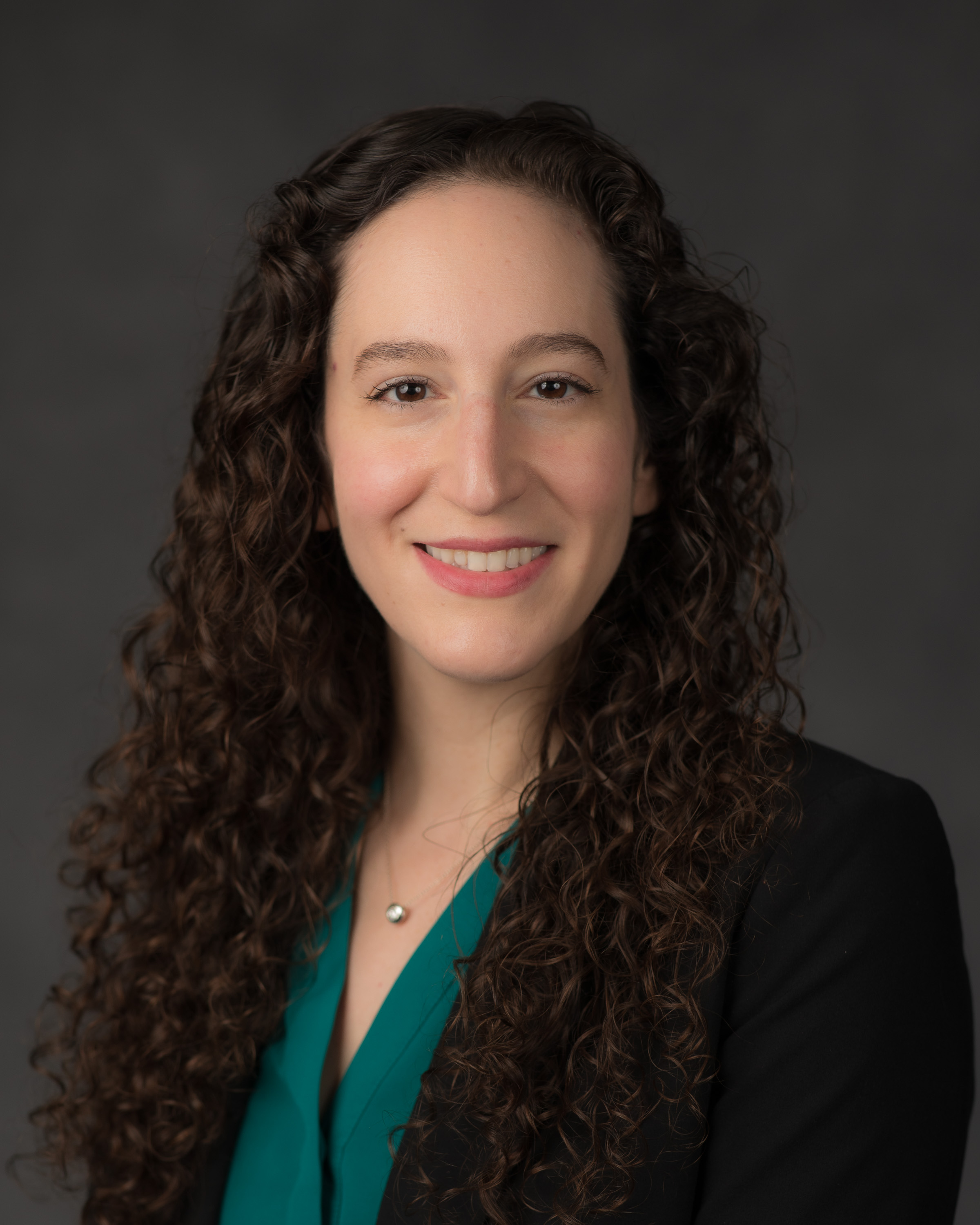Ophthalmology Residency

Message from the Program Director
Welcome to the Department of Ophthalmology and Visual Neurosciences at the University of Minnesota--we are glad you found us! Take some time to learn more about what makes this program so great. While we can boast about a lot -- like our great variety of training sites from the University of Minnesota to the VA to our county hospital -- people are at the heart of our program.
Sasha Strul, MD, Residency Program Director
STIPEND & BENEFITS
Stipends
Trainees are paid an annual stipend as stated in the Residency/Fellowship Agreement and in the program's Policy Manual. Trainees receive their stipend via a biweekly paycheck. Trainees are encouraged to use the direct deposit system, as physical checks have the potential of being lost or delayed in the mail. Paychecks are mailed or credited to bank accounts of those using the direct-deposit system on these payroll dates.
Benefits
Benefits for medical residents and fellows are managed through the UMN Office of Student Health Benefits. View the OSHB Resident/Fellow Benefits site for comprehensive information about the resident/fellow benefit package, including medical, dental, disability, and life insurance.
Additional Perks
- Lab Coats
- Pagers
- On-Site Parking at all hospitals
- Hospital meal stipends
- American Academy of Ophthalmology Basic and Clinical Science Course Books
SF Match
Applications must be submitted through the SF Match Program. The University of Minnesota Ophthalmology Residency accepts J1 visas only.
Joint Preliminary Year
The joint preliminary year is offered through Hennepin County Medical Center, which consists of three months of ophthalmology, six months of medicine, one month of neurology, and one month in the emergency department.